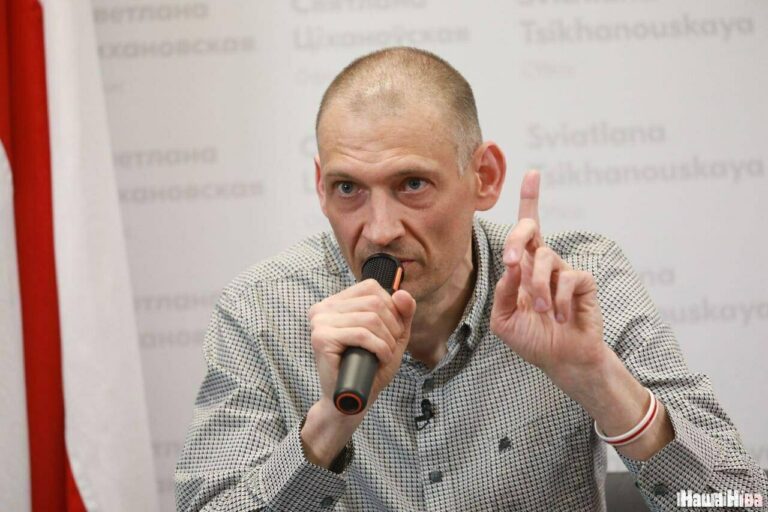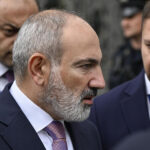I. WHO IS TSIKHANOUSKI, REALLY?
- Nominally: A popular blogger and political prisoner, husband of Sviatlana Tsikhanouskaya.
- In reality: He is widely believed to have been cultivated by Russia’s Ambassador to Belarus, potentially as a controlled opposition figure to weaken true anti-Russian, pro-Western movements.
He was always more dangerous to Europe than to Moscow — an “alternative Lukashenko” acceptable to the Kremlin.
II. WHY NOW?
1. Russian Strategic Recalibration in Belarus
- Russia needs a Plan B for Belarus in case Lukashenko’s grip slips due to:
- Age and health concerns
- Internal elite fatigue
- Sanctions and isolation
- Releasing Tsikhanouski makes him a viable political asset again, especially if Lukashenko begins to lose control or oversteps Kremlin expectations.
Moscow may be reshuffling the board quietly.
2. Pressure Valve in a Tense Moment
- Belarus faces:
- Growing internal discontent
- Fear of forced mobilization for Russia’s war in Ukraine
- Pressure from loyalists and technocrats worried about Western sanctions
Freeing Tsikhanouski is symbolic “liberalization” — aimed to defuse potential protests, while keeping real power in check.
3. Lukashenko’s Need to Please the Kremlin
- Lukashenko’s survival depends entirely on Russian political, economic, and security support.
- Freeing Tsikhanouski:
- Could be directly ordered or strongly encouraged by Moscow
- Serves to restore a controlled political outlet, which Lukashenko had eliminated after 2020
This may be part of a broader package deal: support in return for “re-balancing” Belarusian politics in Russia’s favor.
III. CONSEQUENCES
1. Splitting the Democratic Opposition
- Tsikhanouski’s return may:
- Undermine Sviatlana Tsikhanouskaya’s credibility in exile
- Divide opposition between pro-European and “national-patriotic” factions
- Shift focus away from Western integration toward populist, nationalist, and Russian-compatible narratives
This weakens authentic, independent opposition — a win for Russia.
2. A New Political “Reset” Controlled by Moscow
- If Lukashenko steps down or weakens, Tsikhanouski could be:
- Floated as a “compromise candidate” to manage transition
- Used to simulate reform while preserving Kremlin control
Moscow prefers managed change, not revolution. Tsikhanouski fits that script.
3. International Confusion and Risk of Miscalculation
- Western media may misinterpret the release as a sign of liberalization.
- EU/NATO could:
- Ease pressure prematurely
- Be manipulated into engaging with Kremlin-aligned “opposition”
Strategic risk: legitimizing a Russian-controlled political alternative in Belarus.
IV. STRATEGIC ASSESSMENT:
- This is not democratization — it’s a rebranding exercise in Belarusian authoritarianism, under Russian direction.
- Tsikhanouski’s release is likely:
- Pre-negotiated
- Calculated to test the waters
- And possibly aimed at creating a pro-Russian, post-Lukashenko Belarus
🔚 Bottom Line
Lukashenko released Tsikhanouski not from mercy, but from strategic necessity and Russian orchestration.
Expect this to:
- Reshape Belarusian opposition politics
- Create new dilemmas for the West
- Serve Russia’s longer-term interest in managing post-Lukashenko transition on its own terms
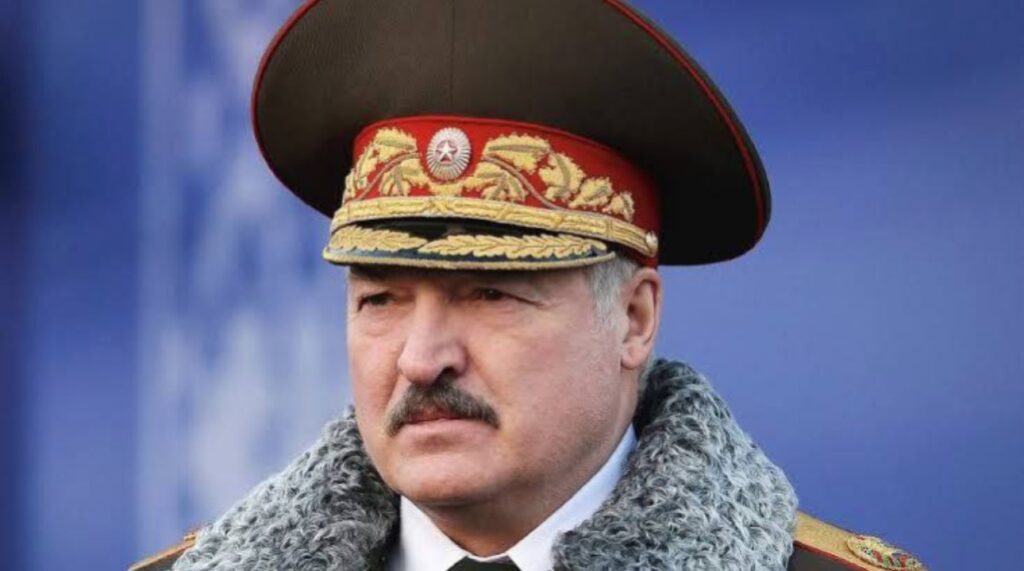
More on this story: High Probability of Power Transition Preparations in Belarus
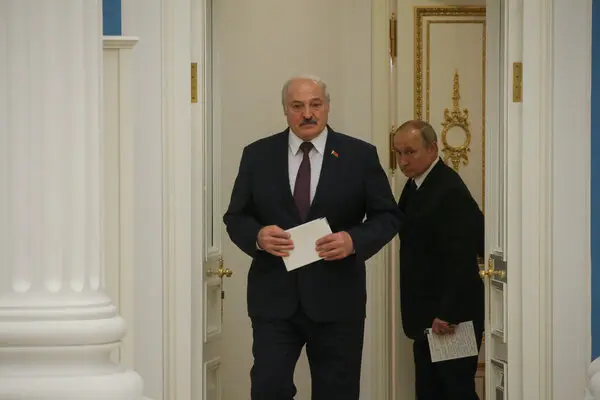
More on this story: Kremlin plotting to liquidate Lukashenko, seize control of Belarus army
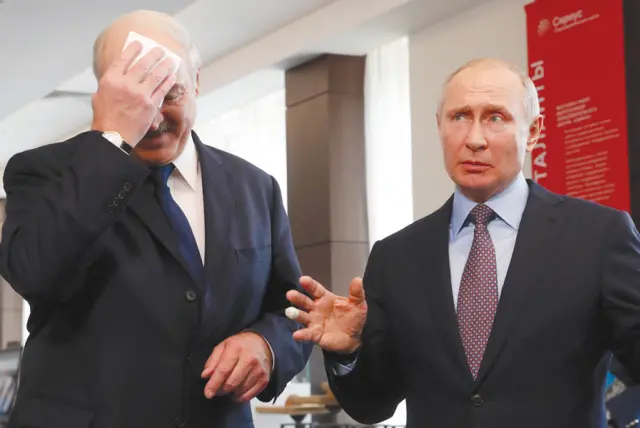
More on this story: Lukashenko risks losing sovereignty, army, and power
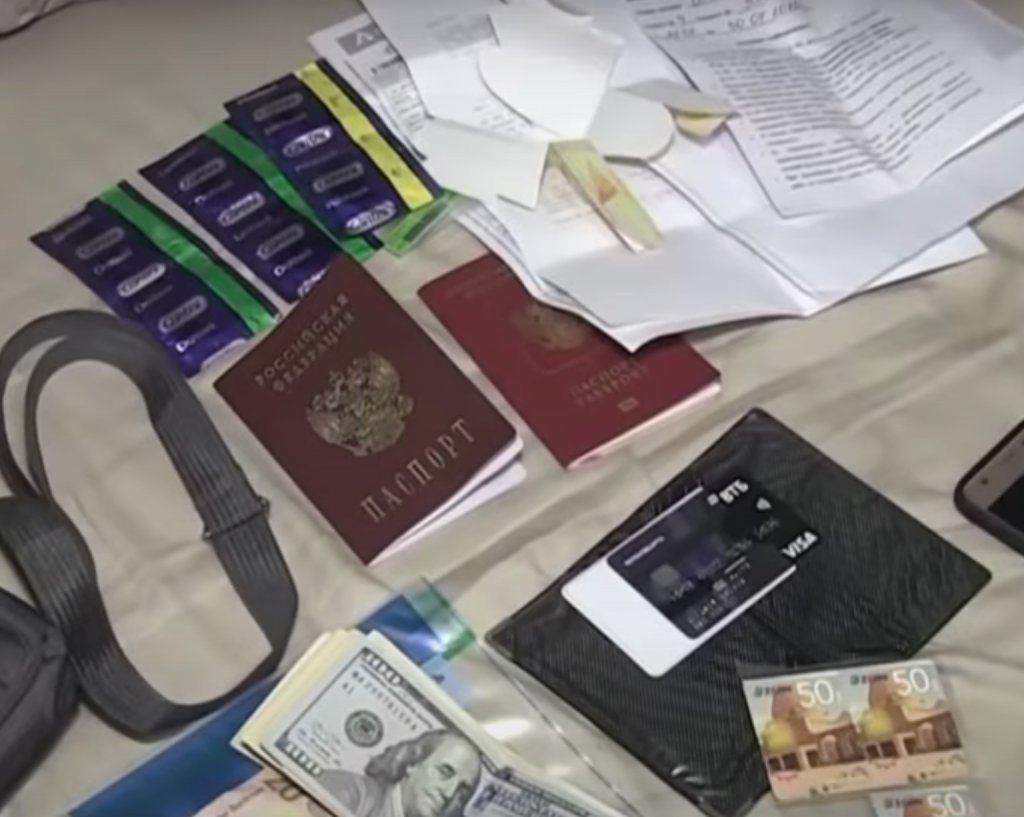
More on this story: Russia gearing up for meddling in elections in Belarus
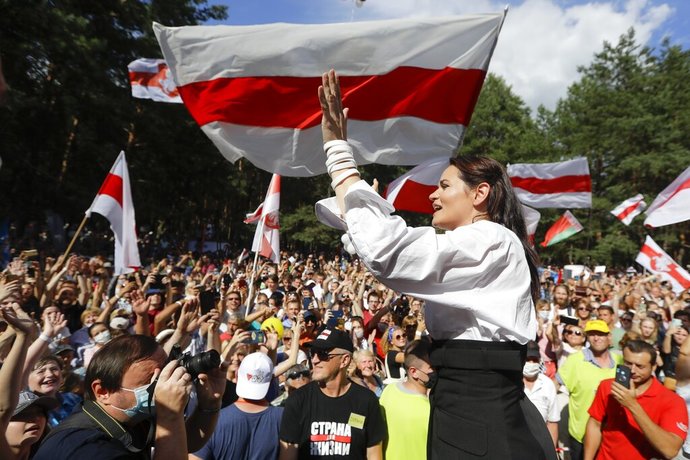
More on this story: Pro-Russian opposition may win election in Belarus
The release of Siarhei Tsikhanouski carries serious strategic and political risks, especially for the Belarusian opposition, European policymakers, and even Lukashenko himself. While it may seem like a step toward liberalization, it is more likely a calculated maneuver — and its consequences may destabilize the opposition landscape and serve Kremlin interests.
Risks Stemming from Tsikhanouski’s Release
1. Splintering the Democratic Opposition
- Tsikhanouski may divide the opposition into:
- Exiled, pro-Western, liberal democrats (e.g., Sviatlana Tsikhanouskaya)
- Populist-nationalist or Russia-neutral forces (Tsikhanouski himself)
Result:
- Infighting, loss of unity, and weakened Western backing.
- Kremlin benefits from a fractured resistance it can more easily manipulate.
2. Creation of “Controlled Opposition”
- Tsikhanouski may act — willingly or under coercion — as a Kremlin-aligned alternative to Lukashenko, promoted as:
- A “people’s voice” who’s not in exile
- Someone who speaks in simple, nationalist-populist terms
- A safer bet for Moscow than either Lukashenko or the exiled liberal elite
🔻 Result:
- The West may be duped into accepting a regime-friendly figure as a democrat.
- Russia steers a Belarusian transition in its favor.
3. False Signal of Liberalization
- The release may mislead the EU and U.S. into believing:
- Lukashenko is opening up
- A political thaw is coming
- Sanctions could be eased
Result:
- Reduced pressure on Minsk and Moscow, just when authoritarian control is tightening.
- Strategic miscalculation by European diplomats.
4. Use as a Political Trojan Horse
- Tsikhanouski may be:
- Monitored or manipulated by Belarusian KGB
- Fed selective information
- Used to identify or entrap genuine regime opponents
Result:
- Erosion of trust within the opposition
- Renewed wave of arrests or intimidation against underground activists
5. Acceleration of Russia’s Plan B for Belarus
- Moscow could be grooming Tsikhanouski as a future political replacement for Lukashenko, who is aging and increasingly unstable.
- If he gains influence, Moscow may:
- Promote him as a “Belarusian patriot” acceptable to elites
- Back him in a managed transition, preserving Belarus in Russia’s orbit
Result:
- Belarus remains under Russian control, even after Lukashenko
- True democratization becomes even less likely
6. Increased Risk of Repression if He Gains Momentum
- If Tsikhanouski unexpectedly rebuilds mass popularity, Lukashenko may:
- Re-arrest him
- Crack down harder on opposition figures
- Blame Russia or the West for destabilization
Result:
- Renewed repression cycle
- Worsening domestic instability
Summary Table: Key Risks
| Risk | Who Is Affected | Strategic Consequence |
|---|---|---|
| Opposition fragmentation | Democratic activists | Weakening of anti-regime coalition |
| Kremlin-controlled political transition | Belarusian sovereignty | Post-Lukashenko regime remains Moscow-aligned |
| False perception of reform | EU/US policymakers | Premature de-escalation of pressure on Minsk |
| Intelligence trap operations | Underground opposition | New wave of arrests or intimidation |
| Internal backlash and instability | Lukashenko regime | Risk of spiraling repression or elite revolt |
Final Assessment:
Tsikhanouski’s release is not a human rights victory, but a tactical repositioning — with significant risks for democratic forces in Belarus and strategic advantages for Moscow.
Unless carefully handled, it may become the first step in a managed, Russian-engineered transition — one that preserves authoritarian control while undermining genuine democracy.


